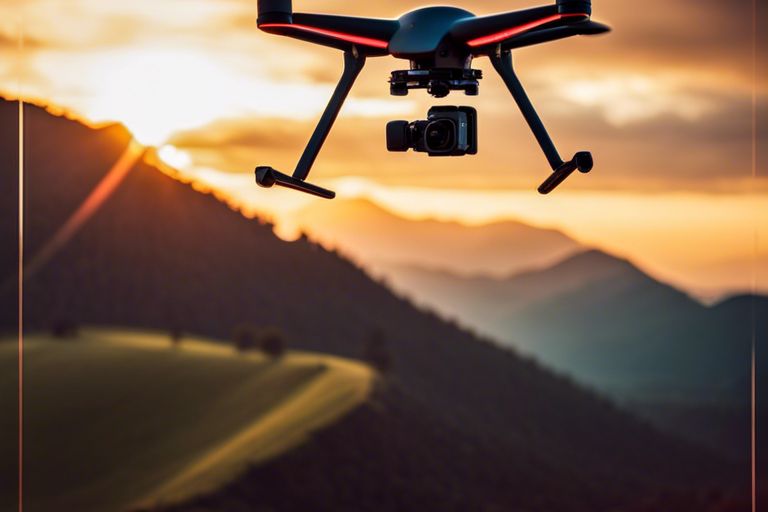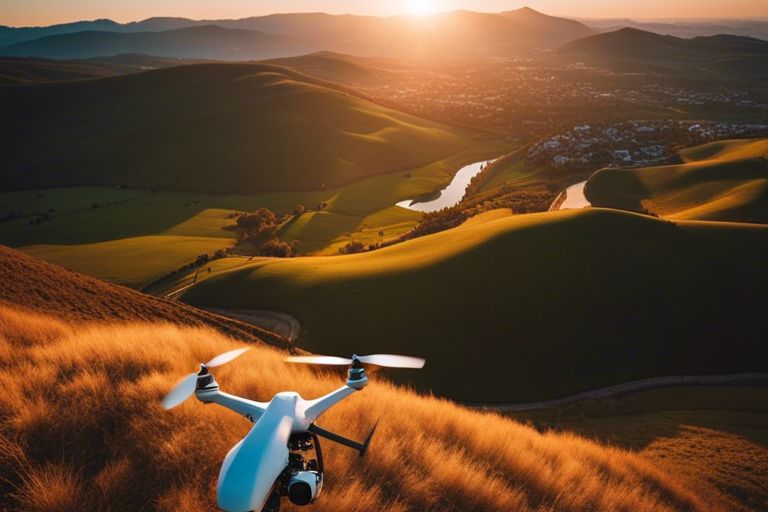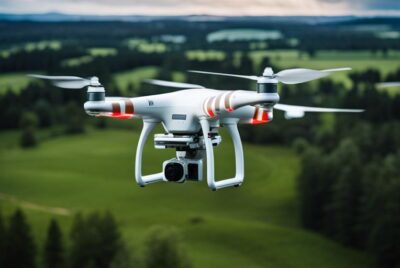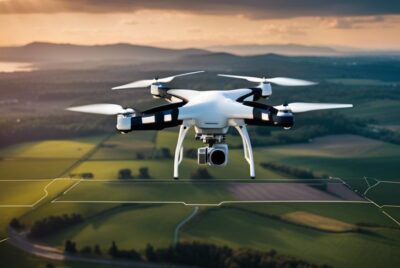“The Art of Drone Photography – Tips for Stunning Aerial Shots”
Drone photography has revolutionized the way we capture stunning aerial shots, offering a unique perspective that was once only possible with expensive helicopter rentals. With the advancement of technology, drones have become more accessible and easier to use, allowing photographers to unleash their creativity from the skies. In this blog post, we will explore the art of drone photography and provide you with essential tips and techniques to help you elevate your aerial shots to new heights.
Understanding Your Drone
The beauty of drone photography lies in the unique perspective it offers, allowing photographers to capture stunning aerial shots that were once only possible from expensive aerial vehicles. To truly master the art of drone photography, it’s essential to understand your drone inside and out.
Selecting the Right Drone for Photography
Your choice of drone can make or break your aerial photography endeavors. When selecting a drone for photography, consider factors such as camera quality, flight time, stability, and range. Opt for a drone with a high-resolution camera that offers manual settings for more control over your shots. Additionally, look for drones with longer flight times to capture more footage in a single session and stability features like GPS and gimbal stabilization for smoother, professional-looking shots.
Drone photography enthusiasts often recommend popular drone models such as the DJI Mavic 2 Pro or the Autel Robotics Evo II for their advanced camera capabilities and user-friendly controls. Before making a purchase, research various drone options to find one that best suits your photography style and budget.
Mastery of Drone Controls and Settings
Drone photography requires not only a good eye for composition but also a solid grasp of your drone’s controls and settings. Familiarize yourself with your drone’s controller layout and practice flying in different environments to build confidence and skill. Understanding how to adjust camera settings such as ISO, shutter speed, and white balance will allow you to capture high-quality images with your drone.
A thorough understanding of your drone’s flight modes and intelligent flight features can enhance your photography experience, enabling you to capture creative aerial perspectives with ease. Experiment with features like Point of Interest mode or ActiveTrack to add dynamic movement to your shots and elevate your aerial photography game.

Composition and Technique
Now let’s dive into the crucial aspects of composition and technique in aerial photography. Mastering these elements will help you take your drone photography to the next level and capture stunning aerial shots.
The Basics of Aerial Composition
To create visually appealing aerial photographs, it’s essential to understand the basics of composition. Just like traditional photography, composition plays a vital role in drone photography. Here are some fundamental principles to keep in mind:
- Rule of Thirds: Position key elements off-center to create a more dynamic composition.
- Leading Lines: Use natural or man-made lines to guide the viewer’s eye through the image.
- Foreground Elements: Including foreground elements adds depth and perspective to your aerial shots.
Advanced Techniques for Capturing Stunning Imagery
For those looking to elevate their drone photography skills, mastering advanced techniques can make a significant difference in the quality of your aerial imagery. Here are some tips to help you capture breathtaking shots:
- Composition:
Composition Description Symmetry Creating balanced and symmetrical compositions. Negative Space Using empty space to highlight your subject.
Mastering composition techniques such as symmetry and negative space can add a unique and artistic touch to your aerial photographs, making them stand out from the rest.
- Capturing:
Capturing Description Golden Hour Take advantage of the soft, warm light during sunrise and sunset. Point of Interest Focus on a specific subject to create a compelling focal point.

Safety and Legal Considerations
Your drone photography adventure can be exhilarating, but it’s crucial to prioritize safety and adhere to legal guidelines to prevent accidents and legal repercussions. Understanding the laws and regulations surrounding drone operation is essential for both your safety and the safety of others. Additionally, being aware of safety protocols while operating a drone can help you capture stunning aerial shots without compromising anyone’s well-being.
Navigating Drone Laws and Regulations
For drone enthusiasts, familiarizing yourself with local aviation authorities’ regulations is imperative. Different countries, and even regions within countries, may have varying laws governing where and how drones can be flown. It’s essential to research and adhere to these regulations to avoid fines or legal action. Additionally, staying up to date with any changes in drone laws is vital to ensure you are operating your drone legally and responsibly.
The rise in drone popularity has led to an increase in regulations to manage airspace safety. For example, in the United States, the Federal Aviation Administration (FAA) has specific guidelines for recreational and commercial drone use. Adhering to these regulations, such as maintaining a line of sight with the drone and avoiding flying over people, is paramount in ensuring safe drone operation.
- Recognizing the airspace restrictions in your area is crucial to avoid unauthorized flights and potential penalties.
Safety Tips When Operating Drones
Drone safety goes beyond following regulations; it involves adopting best practices to minimize the risk of accidents. Before takeoff, always conduct a pre-flight check to ensure the drone and its components are in working order. Calibrating the drone’s sensors and checking the battery life are essential steps to avoid mid-air malfunctions. Utilizing safety features such as return-to-home function can help in emergency situations.
- Recognizing your drone’s limitations, such as flight time and maximum range, is crucial for safe and responsible operation.
The safety of yourself and those around you should always be a top priority when operating a drone. By understanding and adhering to drone laws and implementing safety measures, you can enjoy the art of drone photography while minimizing risks and ensuring a positive experience for all involved.

Post-processing Aerial Images
For photographers delving into the realm of drone photography, post-processing plays a crucial role in enhancing the beauty and impact of aerial images. It allows you to refine and elevate your captures to showcase stunning vistas and intriguing perspectives. Here are some essential tips for post-processing your aerial shots to make them even more captivating.



